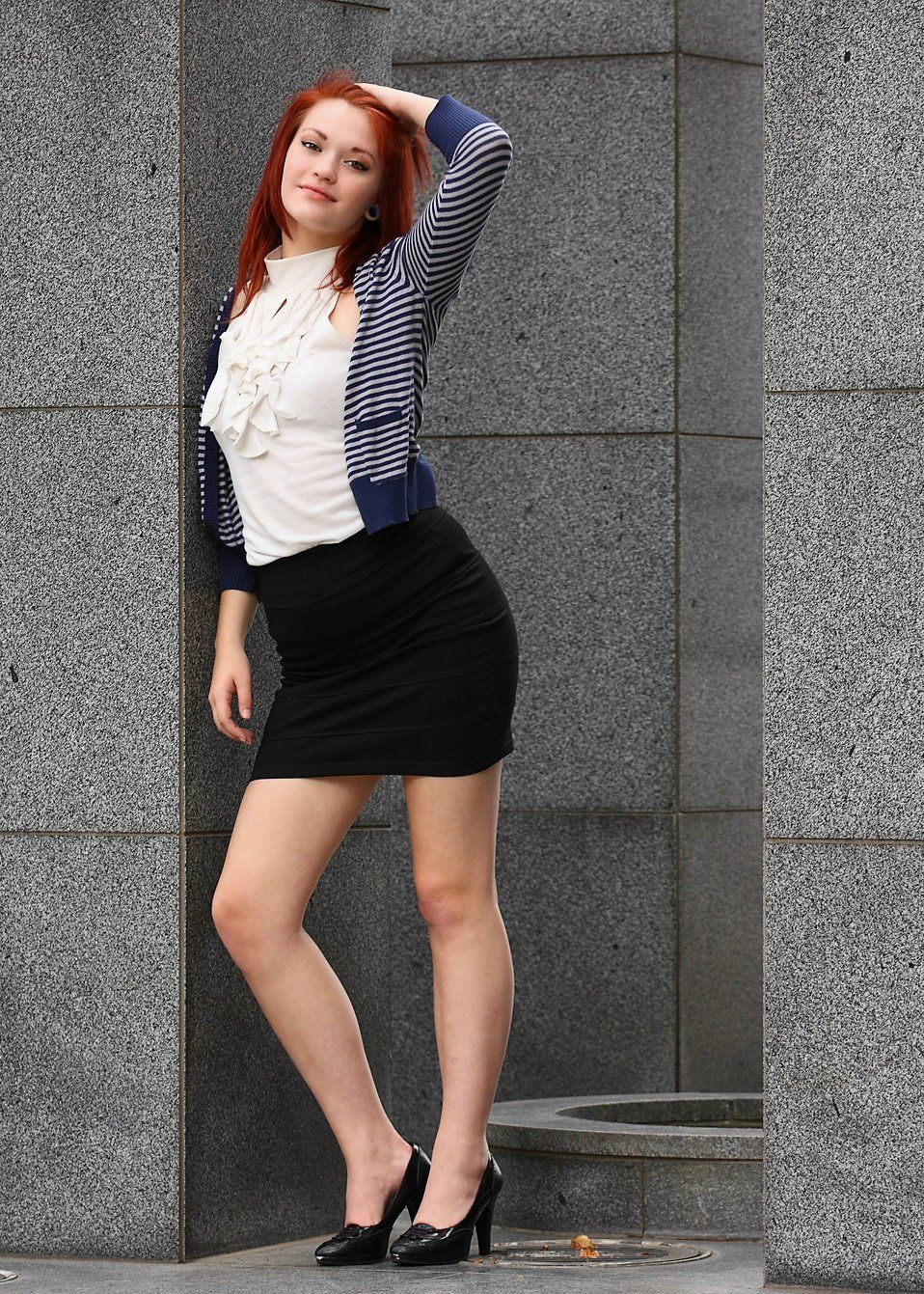Growing up, I spent countless weekends curled up on my couch with a bowl of buttery popcorn, utterly captivated by the magic of classic films. The enchanting black-and-white musicals of the 1950s and the gripping narratives of vintage dramas not only ignited my passion for cinema but also shaped the way I perceive storytelling itself. Iconic films like “Singin’ in the Rain” and “Casablanca” didn’t just entertain me; they provided a window into a bygone era—a time when every line of dialogue felt exquisitely crafted, and the visuals conveyed deep emotions without uttering a single word. Deepen your knowledge of the subject by checking out this external resource we’ve specially selected for you. Related Site, unveil supporting details and new viewpoints on the subject.
These timeless masterpieces instilled in me a powerful understanding that film is much more than mere entertainment; it is an artistic medium capable of capturing the full spectrum of human experience. I’ve often reflected on how this foundation has profoundly influenced my journey into the world of film criticism. What began as a simple blog dedicated to sharing my thoughts on cinema has evolved into a platform enriched by my admiration for these classic films. Their influence and production wisdom still resonate in today’s filmmaking, acting as a guiding light for contemporary creators.
Unpacking Modern Storytelling Techniques
While my heart will always have a soft spot for classic films, I cannot overlook the irresistible allure of emerging subgenres. Movies like “Get Out” and “Crazy Rich Asians” stepped boldly into the spotlight, delivering refreshingly original narratives that defy traditional norms. A pivotal moment for me occurred at a film festival screening of “Get Out.” As the credits rolled, the air buzzed with impassioned discussions about race, identity, and ethics—topics that were strikingly relevant. I realized then that cinema transcends mere escapism; it serves as a profound mirror reflecting the intricacies of our society.
This eye-opening experience transformed not only how I viewed films but also the lens through which I critique them. I began to engage more thoughtfully with how new filmmakers avant-garde blend genres and address contemporary issues. This awareness motivated me to approach my writing from a broader perspective: instead of simply celebrating cinematic artistry, I sought to illuminate the cultural significance of films, transforming my blog into a vibrant forum for discussion rather than just a repository of reviews.
Bridging Communities through Cinematic Experiences
Diving deeper into these emerging film subgenres, I discovered the vital role of community engagement in promoting diverse storytelling. It became a personal ambition of mine to host live screenings of films that deserve a wider audience. Collaborating with local theaters, I organized events that celebrated both classic and contemporary works, creating a space for shared experiences and open dialogue. The thrill of hearing attendees share their insights post-screening has been a transformative journey for me, unearthing stark contrasts and surprising similarities in our interpretations of the films.
These enriching moments underscored my belief that cinema is fundamentally a communal experience, where the interplay between classic and emerging films significantly enhances that experience.
The Impact of Streaming: New Accessibility Awakens Old Classics
The rise of streaming services has dramatically transformed how we engage with cinema. In today’s digital landscape, classic films are just a click away, rendering them more accessible than ever. I often find myself marveling at the resurgence of interest in these timeless treasures among younger audiences, facilitated by platforms like Netflix and Amazon Prime. It’s fascinating to witness how these cinematic gems are being rediscovered, evoking a delightful wave of nostalgia and curiosity.
This phenomenon has sparked profound discussions regarding what it means to be a cinephile in the modern age. Are we preserving the sanctity of classic films, or are they becoming mere background noise in the vast ocean of new content? As someone who treasures both old and new, I’ve noticed a shift in my own viewing preferences, as I explore contemporary subgenres while revisiting classics with newly enlightened appreciation. This dual journey has enriched my overall understanding, reminding me that both classic and modern films contribute invaluably to our cultural narrative.
Envisioning a Diverse Cinematic Future
Reflecting on my journey through the cinematic landscape, I am deeply intrigued by the thrilling transformations that await us. The merging of traditional storytelling techniques with modern themes weaves a complex tapestry of cinema designed to inspire and provoke thought among audiences. The growing acceptance of varied voices and perspectives offers an optimistic outlook on future narratives that will continue to influence our views on love, identity, and society at large.
My mission now is to champion this captivating fusion of the classic and the cutting-edge. I actively host discussions and workshops, encouraging aspiring filmmakers to draw from both realms—prompting them to incorporate personal and cultural narratives into their storytelling in ways that resonate with today’s viewers. I believe that by embracing this approach, we can cultivate a rich cinematic landscape that honors the past while eagerly anticipating the future. Read more about the topic in this external resource we’ve specially selected for you. Just click the up coming internet site.
Check out the related links and expand your view on the topic:
Highly recommended Internet site


